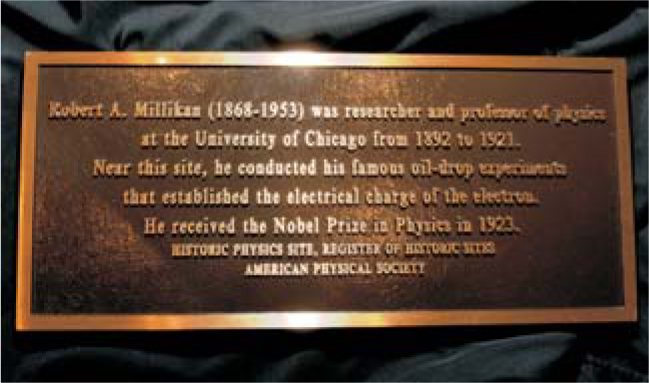Mexico’s millimeter telescope
DOI: 10.1063/1.4796338
On 22 November, the Large Millimeter Telescope was inaugurated by Mexico’s outgoing president Vicente Fox.
Located 250 km east of Mexico City, at 4600 m atop Volcán Sierra Negra, the 50-m LMT is the world’s largest single-dish millimeter-wave telescope. At this stage, the LMT can point and track, but to become fully functional, the reflector surface needs to be finished, the surface panels need to be aligned, and other subsystems need to be commissioned. “It will be a couple of years of fooling around before it’s ready for scientific work,” says Peter Schloerb of the University of Massachusetts at Amherst, Mexico’s partner in the project. The aim is to start up in 2008, but the timing depends on raising roughly $30 million to finish construction. So far, the telescope has cost about $120 million, of which some $40 million for hardware came from the US.
The LMT’s wavelength range is 1–4 mm. One key area of research will be galaxy formation and evolution. Thanks to an array of bolometers in the focal plane, the telescope can map the sky quickly. “We should be able to point the telescope to any place on the sky and discover a new object in one second,” says Schloerb. “The potential is to do mapping experiments and surveys and find interesting stuff” and then do high-resolution observations with ALMA, the Atacama Large Millimeter Array under construction in Chile.

Mexican President Vicente Fox inaugurates the Large Millimeter Telescope.
CESAR ARTEAGA

More about the Authors
Toni Feder. tfeder@aip.org





